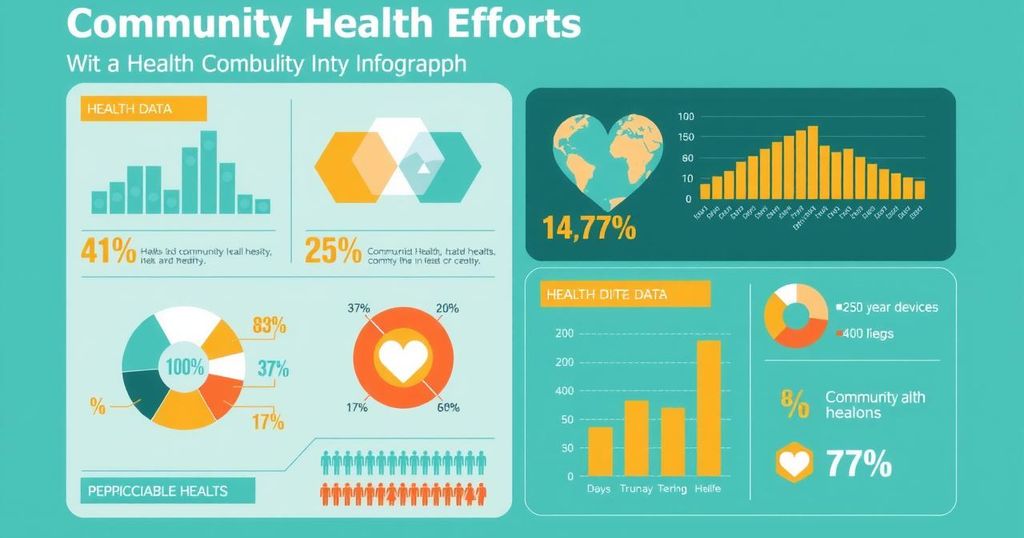Between September 29 and December 28, 2024, Syria reported over 5.1 million consultations, with 1,033,312 cases of notifiable diseases. The EWARS and EWARN systems verified 85% of the alerts within 72 hours, noting ongoing outbreaks of AWD and measles. Predominantly reported diseases included ILI and Acute Diarrhea, indicating severe health risks in the region.
From September 29 to December 28, 2024, during epidemiological weeks 40 to 52, over 5.1 million consultations were recorded in Syria’s Humanitarian Country Team operational areas, contributing to a total of 1,033,312 (20.2%) notifiable disease reports via the Early Warning, Alert, and Response System (EWARS) and the Early Warning Alert and Response Network (EWARN) in Northwest Syria (NWS) and Northeast Syria (NES).
In total, 1,942 sentinel surveillance sites provided data, achieving an impressive average of 90.5% completeness and 82% timeliness during the same period. Within this timeframe, both systems raised 728 alerts, with 613 pertaining to EWARS and 115 to EWARN. Of these alerts, 618 were verified as received within a 72-hour window, indicating a verification rate of 85%. Ongoing outbreaks of Acute Watery Diarrhea (AWD) and measles are notably present throughout the Whole of Syria (WoS).
The reporting from sentinel surveillance sites between weeks 40 and 52 demonstrated an average of 93% completeness and 87% timeliness. Notably, during this period, 1,033,312 cases of notifiable diseases were documented. The predominant causes of morbidity included Influenza Like Illnesses (ILI) at 708,641 cases (69%), followed by Acute Diarrhea (OAD) with 273,767 cases (27%), Acute Jaundice Syndrome (AJS) with 15,070 cases (1%), Leishmaniasis at 13,406 cases (1%), and Severe Acute Respiratory Infection (SARI) at 8,376 cases (1%).
The analysis from the EWARS/EWARN Bulletin highlights significant health concerns within Syria, including ongoing outbreaks of AWD and measles. The substantial number of consultations and disease reports underscore the importance of surveillance and alert systems. The data reveal that Influenza Like Illnesses dominate the morbidity statistics, emphasizing a critical public health challenge in the region.
Original Source: reliefweb.int




